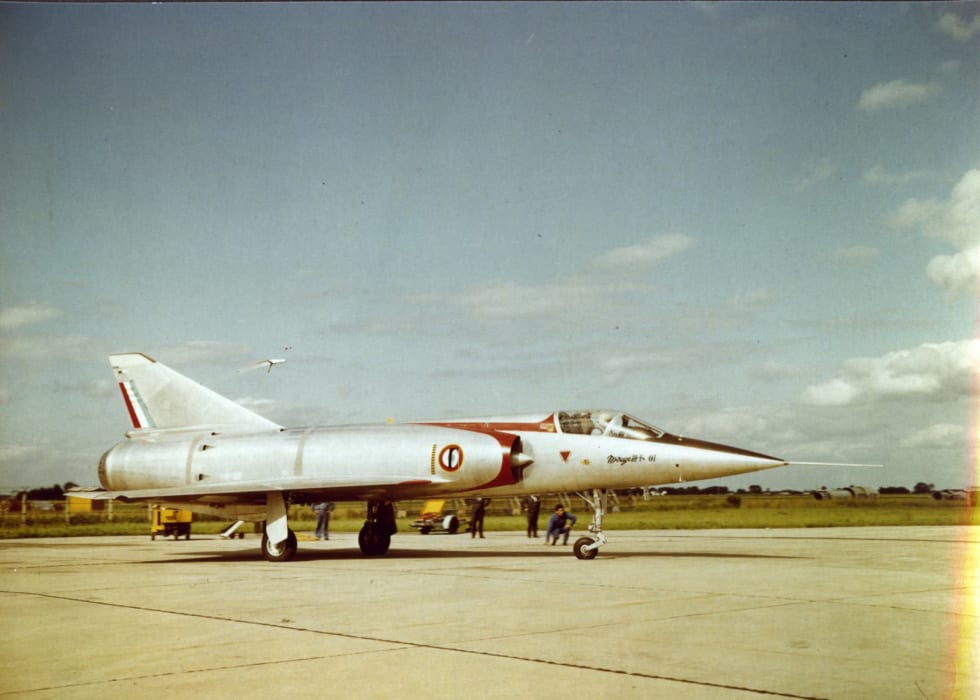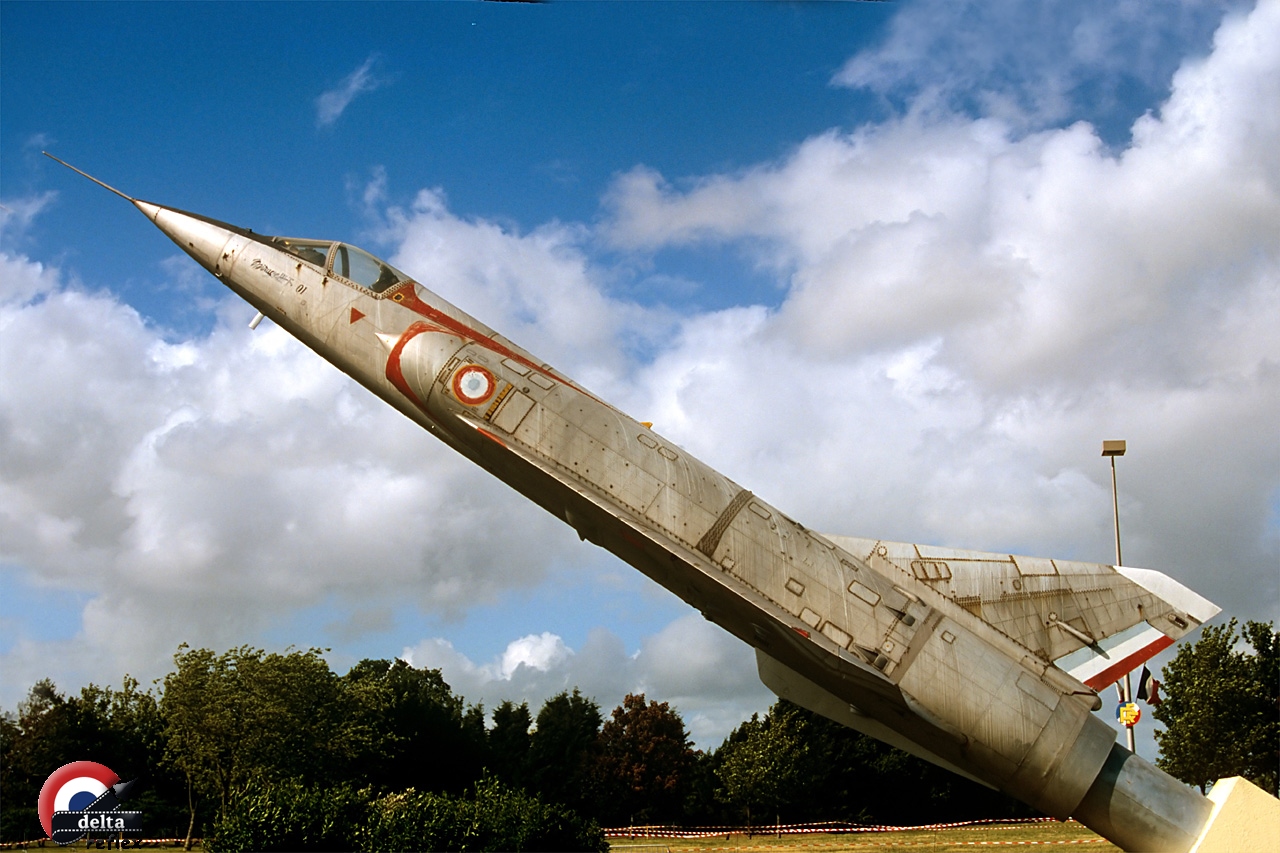alertken said:
Not so much Anglicised as follow-on to CAC production (Avon), and RAAF operational familiarity (ADEN) on CA-27 Sabre. Marcel Dassault did a good job in selling near-standard product (the only Oz-ments were in the cockpit, for inventory standardisation). Ferranti A.I.23 Airborne Intercept Radar and Pilot's Attack Sight System (apologies for dredging that out of memory).
Just came across this thread searching for other stuff. Marcel Dassault (actually it was Benno Claude Vallières who was president of GAMD at the time who ran the Mirage III sales campaign) did not try to sell the RAAF on the Atar powered Mirage IIIO. Quite the opposite. Dassault wanted the Mirage with R-R Avon because not only would it apparently fly better but they saw such an equipment fit as much better for export. They and the French Government saw the British and RAAF common (sort of) equipment, especially the engine, as important for the customer. They were also planning on this new IIIO (Avon powered, nose and front guns being to customer preference) standard to be the export standard for Mirage IIIs. Remember at this time (1960-61) the Mirage III had only been ordered by France, South Africa and Israel. And the latter two were at this time more of an albatross than an endorsement for wider export orders. Also beside the Australians the next two interested customers were the Swiss and Indians who were both Avon users and interested in the same performance and commonality gains that were motivating the RAAF to look at the Avon.
The issue for the engine for the Mirage IIIO was not down to the cost of integration because when approving the acquisition of the Mirage III in late 1960 the Cabinet of the Australian Government had done so on the proviso that they wanted a comparison of the Atar and Avon powered options to be considered at the contract stage (along with various local production and other equipment issues) by the Government’s Air Board (that managed the RAAF). The cost of the actual integration ended out being very small as GAMD did the engineering in 28 days though there would be later additional costs as the Avon powered Mirage IIIO would became effectively a separate aircraft to the Atar powered Mirages and GAMD’s ongoing costs as OEM of the Mirage III would no longer be carried by the French Air Force.
SNECMA did near to nothing to sell the engine and had been warned off by the French Government as they saw the Avon as an important part of not just selling the Mirage III to Australia but the rest of the world. The only people pushing the Atar where Pratt & Whitney who owned 20% of SNECMA and did their best to sell the engine to the RAAF. But as the time frame was compressed (northern Spring 1961) and the RAAF too professional these sales efforts meant little.
The main reason the RAAF didn’t select the Avon (Mk 67, aka RB.146) to power the Mirage IIIO was that the new Atar 9C (not the 9K but it was known about) in the Mirage IIIE (with extra avionics weight close to the RAAF’s eventual avionics requirement) performed very well. It was judged by the RAAF team that the Atar 9C was better for the Mirage IIIE than the Avon Mk 67. The performance advantage of the Avon Mk 67 at take off, climb and range was not seen as being much better than the Atar 9C. Whilst at over 40,000 feet the Atar 9C performed better. Plus the growth options of the Avon Mk 67 were limited and to go to the next Avon would require a wider exhaust pipe countering improvements in performance. The RAAF assessed that if growth was needed the Atar 9K would be much better in a Mirage IIIE than a more powerful Avon RB.146. The Atar was also lighter, cheaper and more rugged than the Avon and with all the benefits of commonality with the French Mirage III through the life of the aircraft.
So the Air Board decided in May 1961 to select the Atar 9C and hold an option up until September to go with the Atar 9K. This option lapsed as there had been no 9K testing by then and it was seen as too risky. Though this would be a very interesting What If… The RAAF Mirage III team had also looked at changing the armament from the French standard to either Ferranti Airpass or Hughes TARAN systems. But recommended against it. These armament options were considered in whole with associated missiles. I don’t have data on the weapons but I would assume since the Cyrano was linked to the Matra R.530 medium range missile (AIM-9Bs were also to be carried under the outer wings) that such missiles would be the Red Top and AIM-4 Falcon. In which case the high weight of these missiles would have been significantly disadvantageous.
My primary source for the above is The RAAF Mirage Story’s “French Connection” chapter written by AVM Ron Susans, CBE, DSO, DFC who at that time was Senior Air Staff Officer at WRE (RAAF Edinburgh, Woomera Weapons Range) who ran the Mirage III evaluation program.
A persistent story is that SNECMA won the Mirage IIIO engine because they had confused the exchange rate difference between the Australian Pound and the Pound Sterling. I have found no evidence of this and since SNECMA sent an executive team to Australia to provide briefs to support the Air Board consideration of the engine options it is hard to believe they didn’t notice the difference in currency and values. The Atar was a cheaper engine because it was lighter, simpler and easier to manufacture.
I think the persistent stories that the RAAF and the world missed a great option with the Avon Mirage III and that SNECMA only won thanks to fortunate foolishness can be attributed to the ever vocal British aviation press. Who always have a good yarn, many of them are even true, as to why Britain no longer rules the air.


